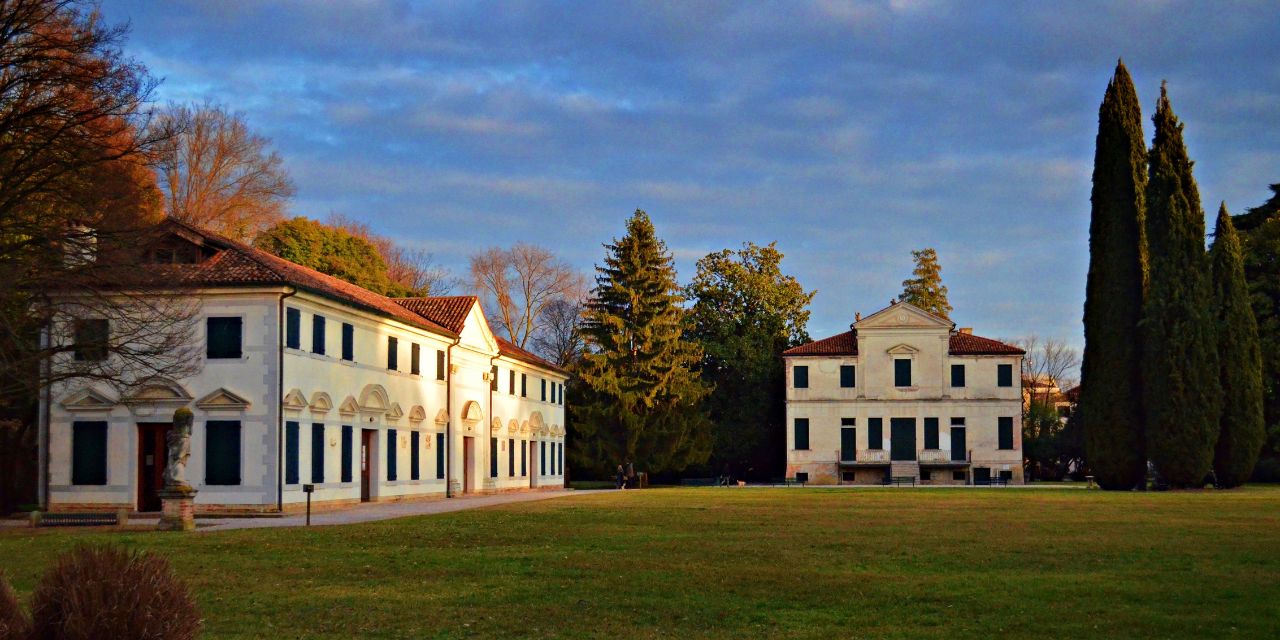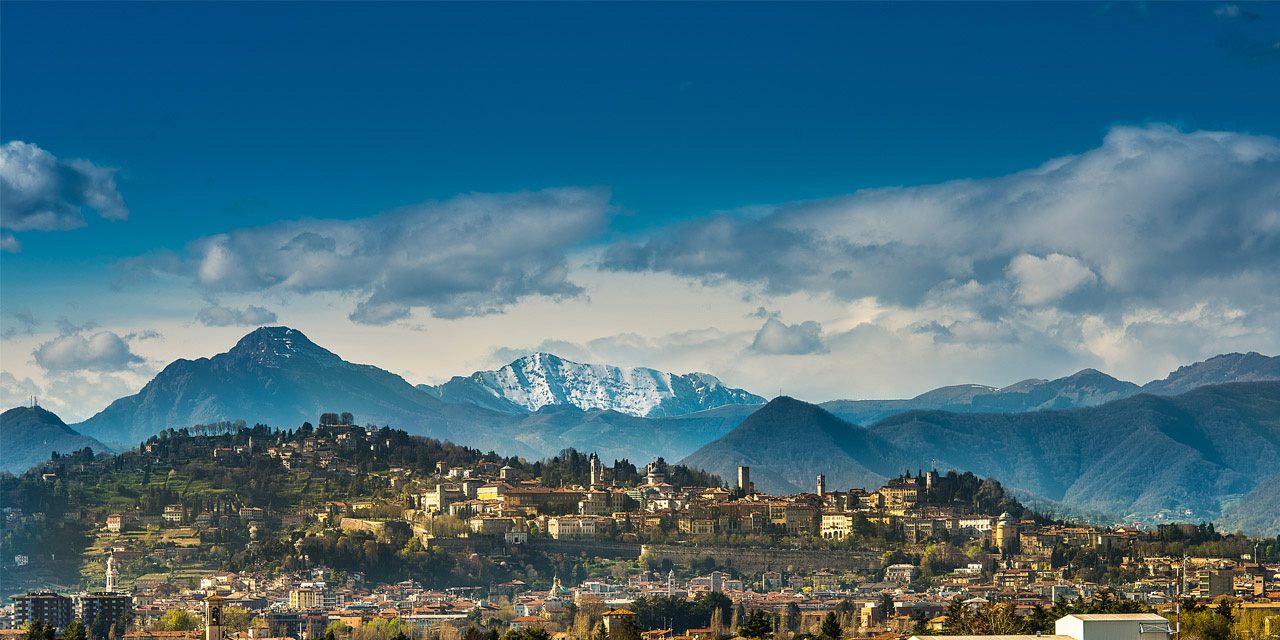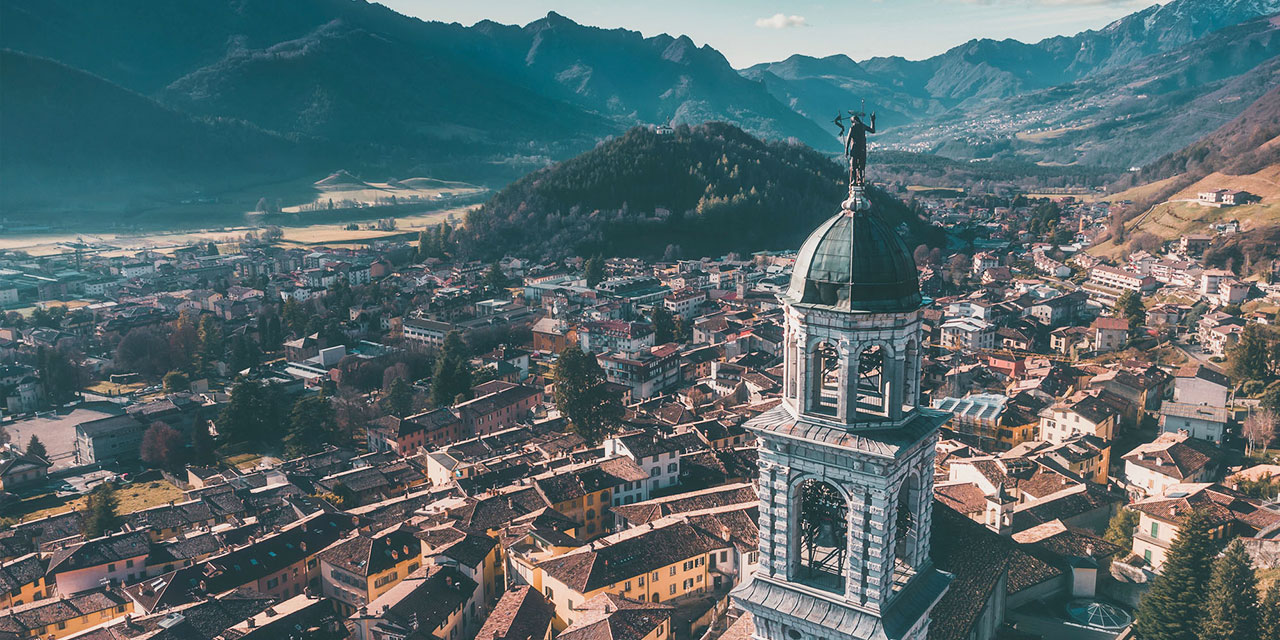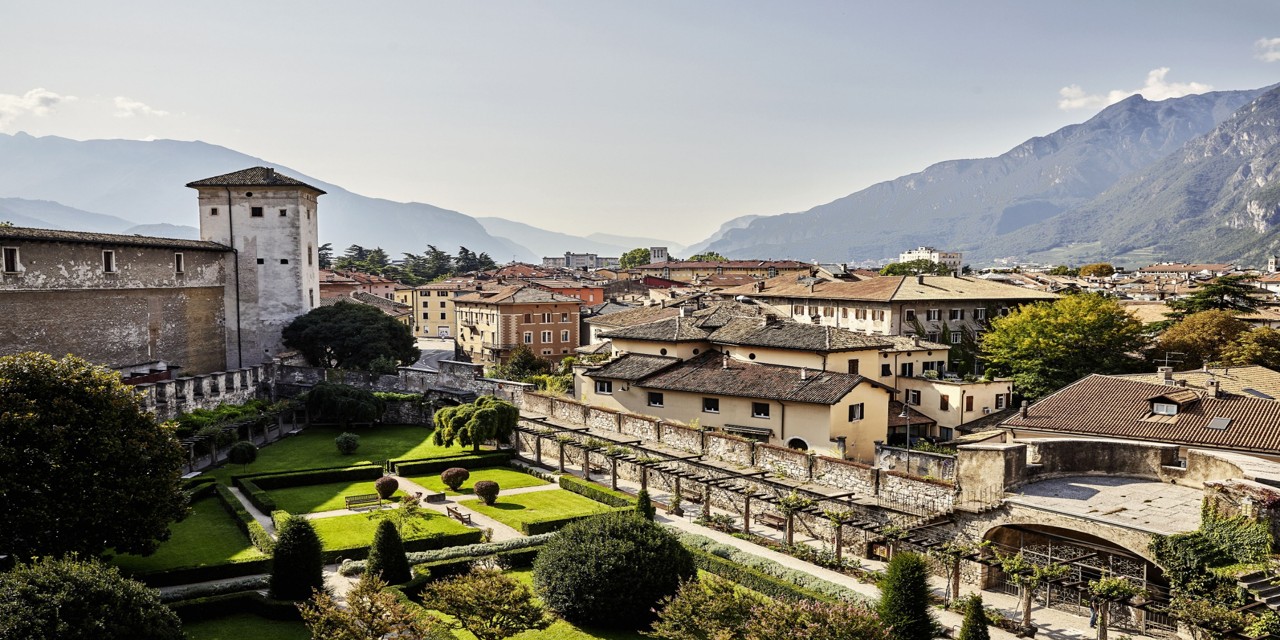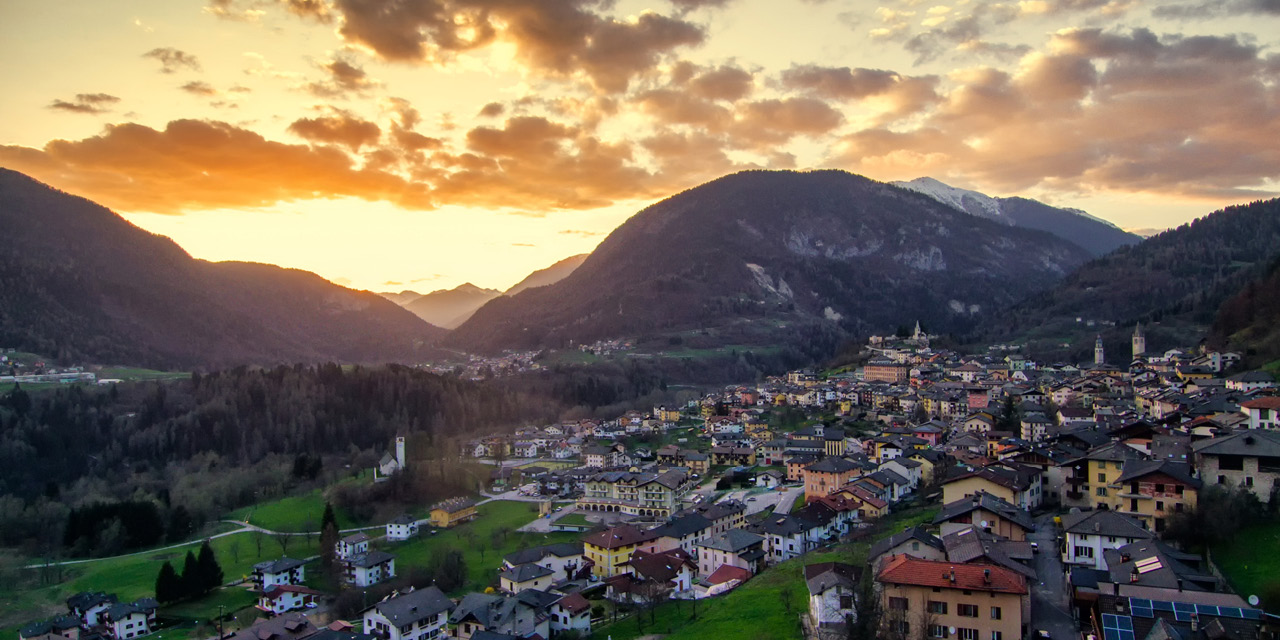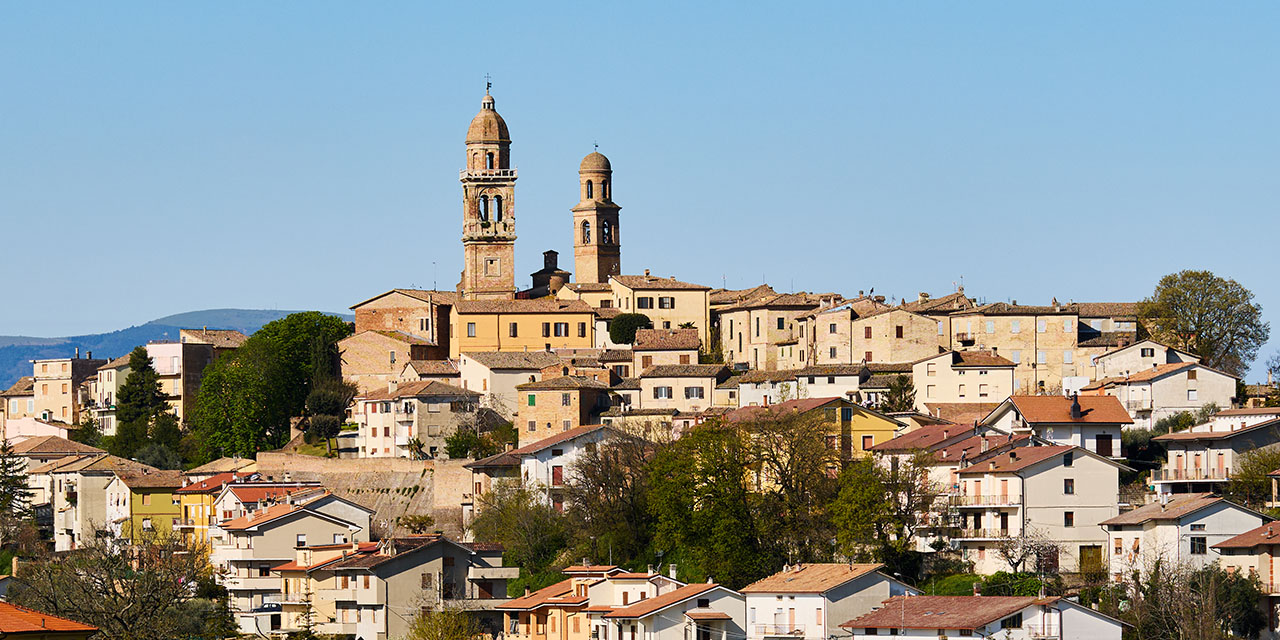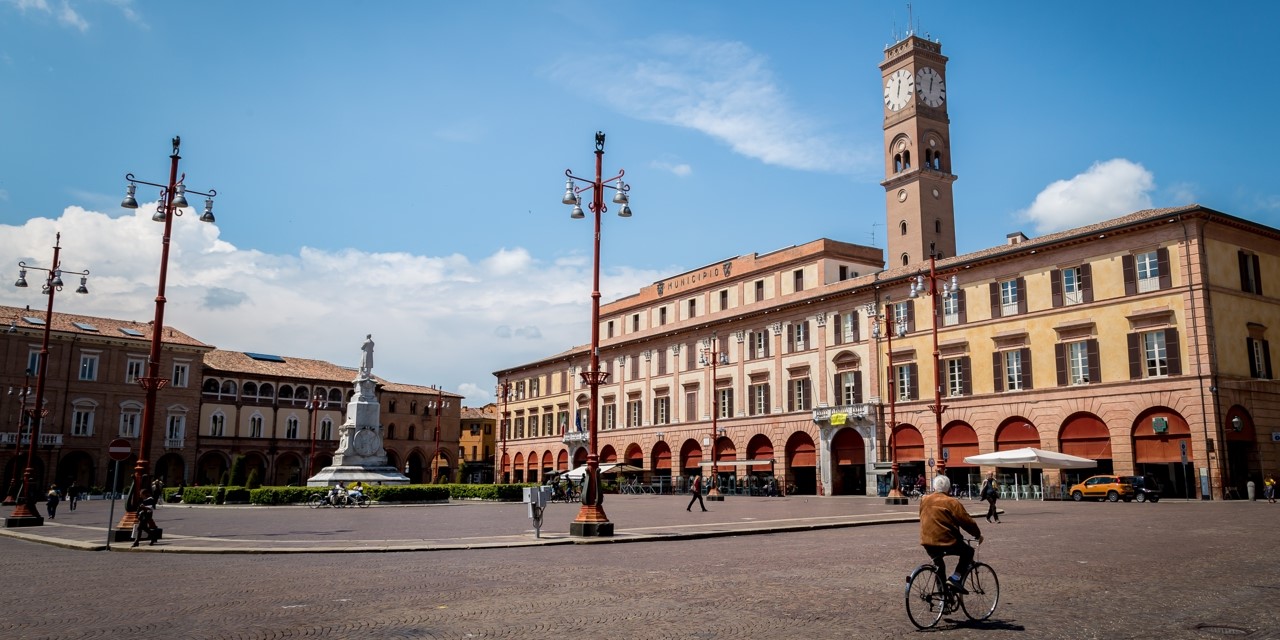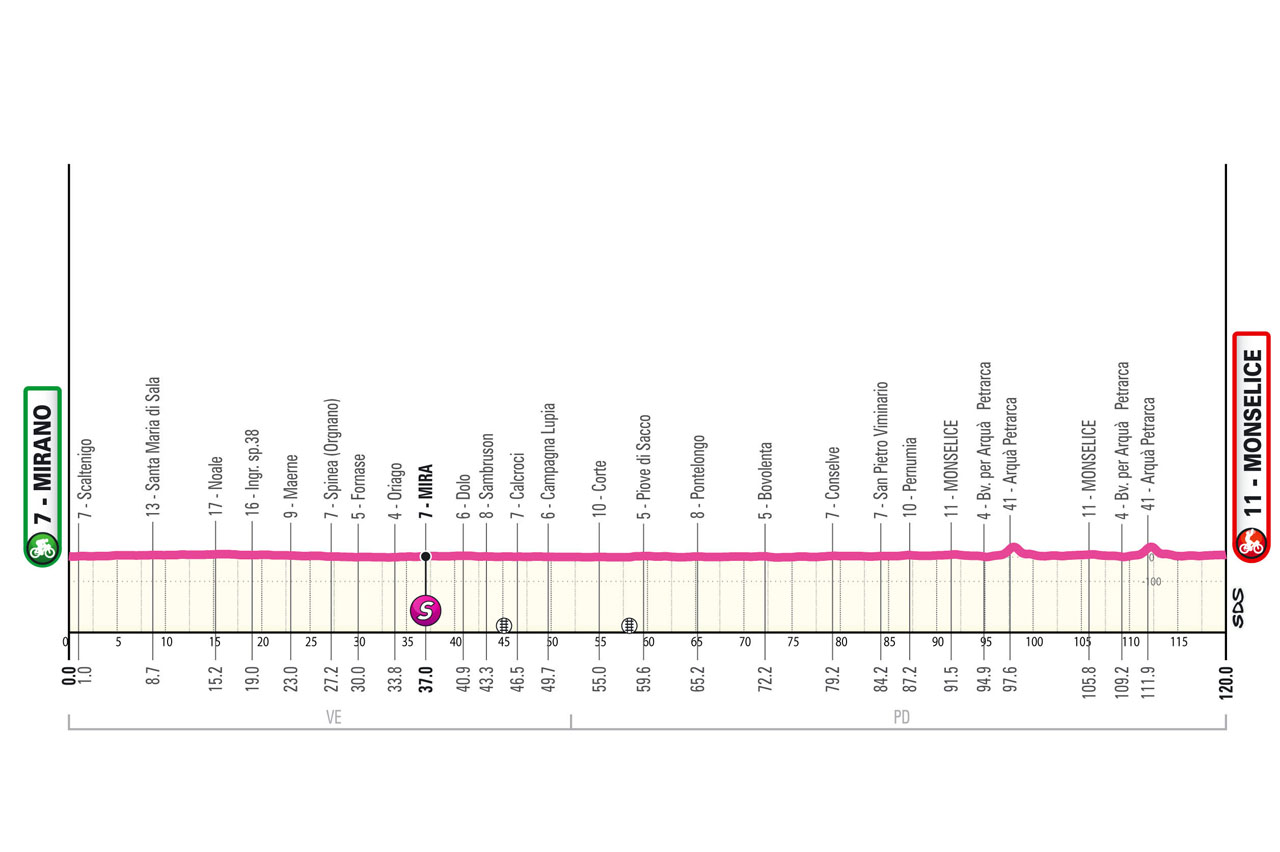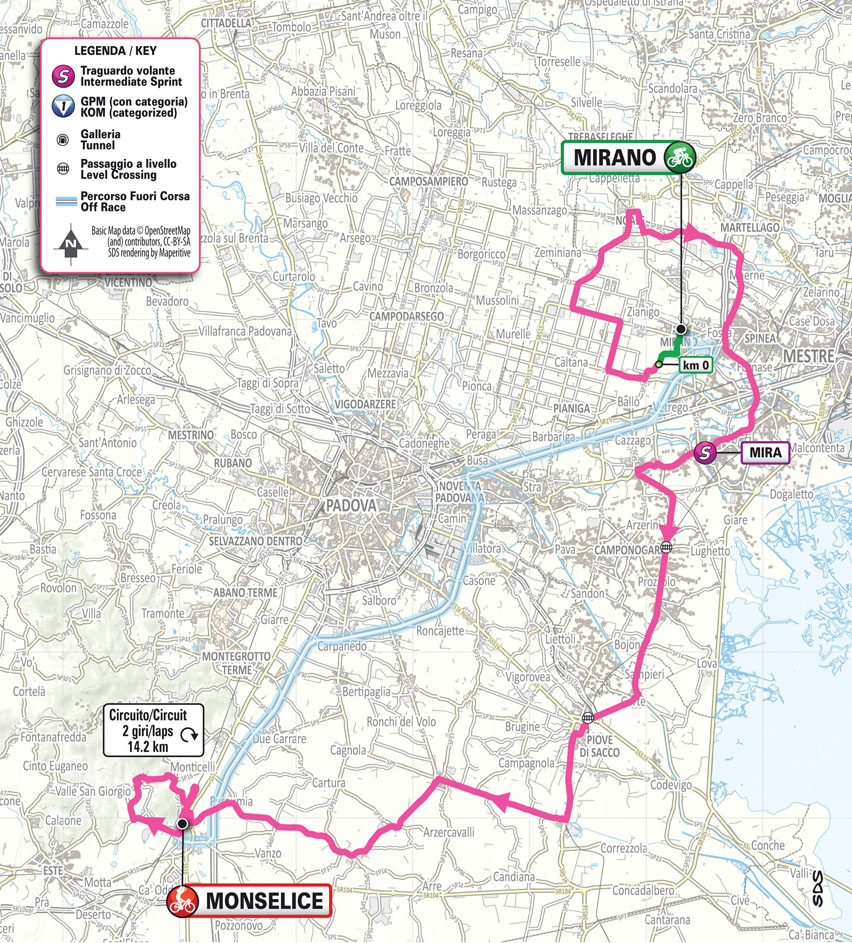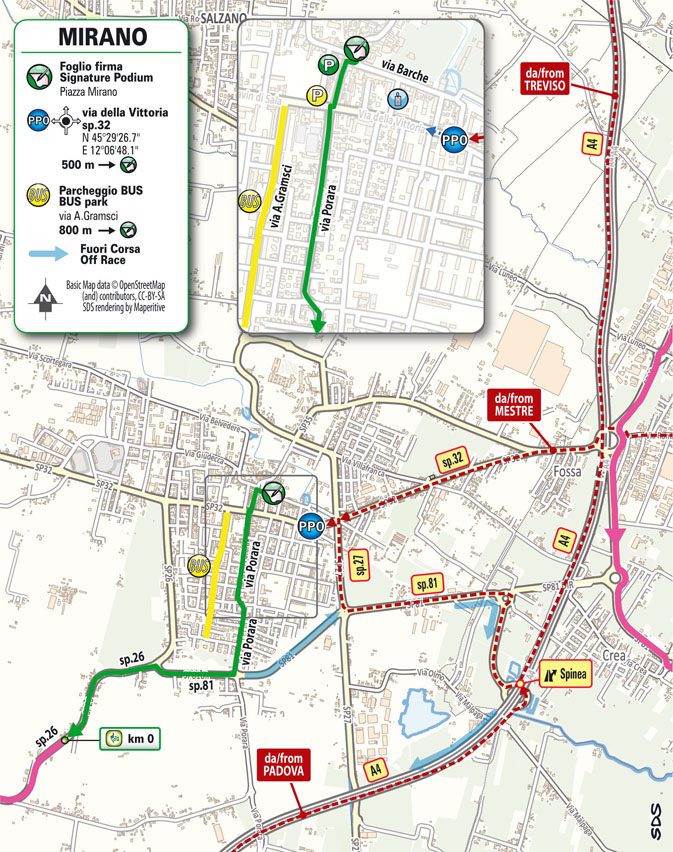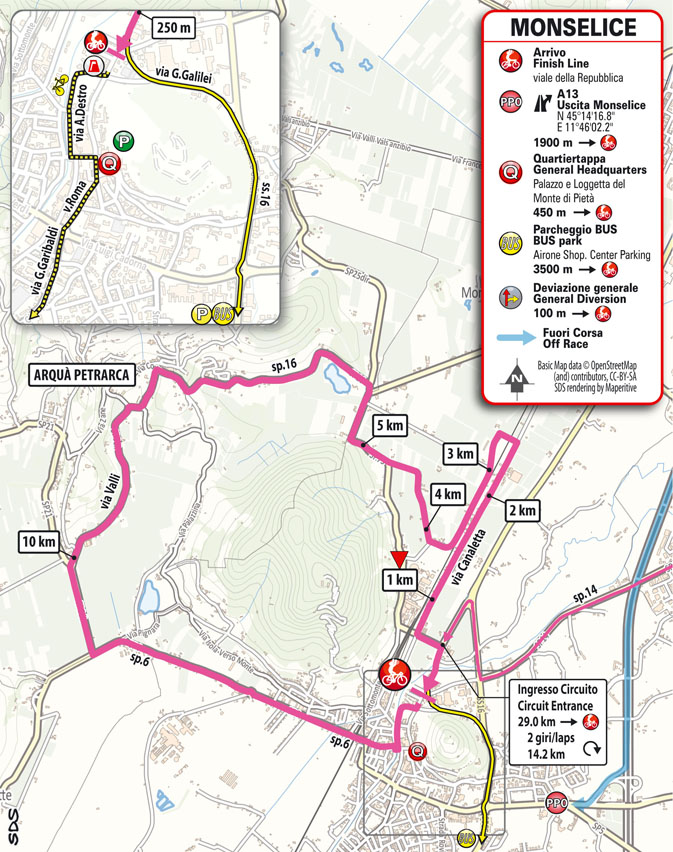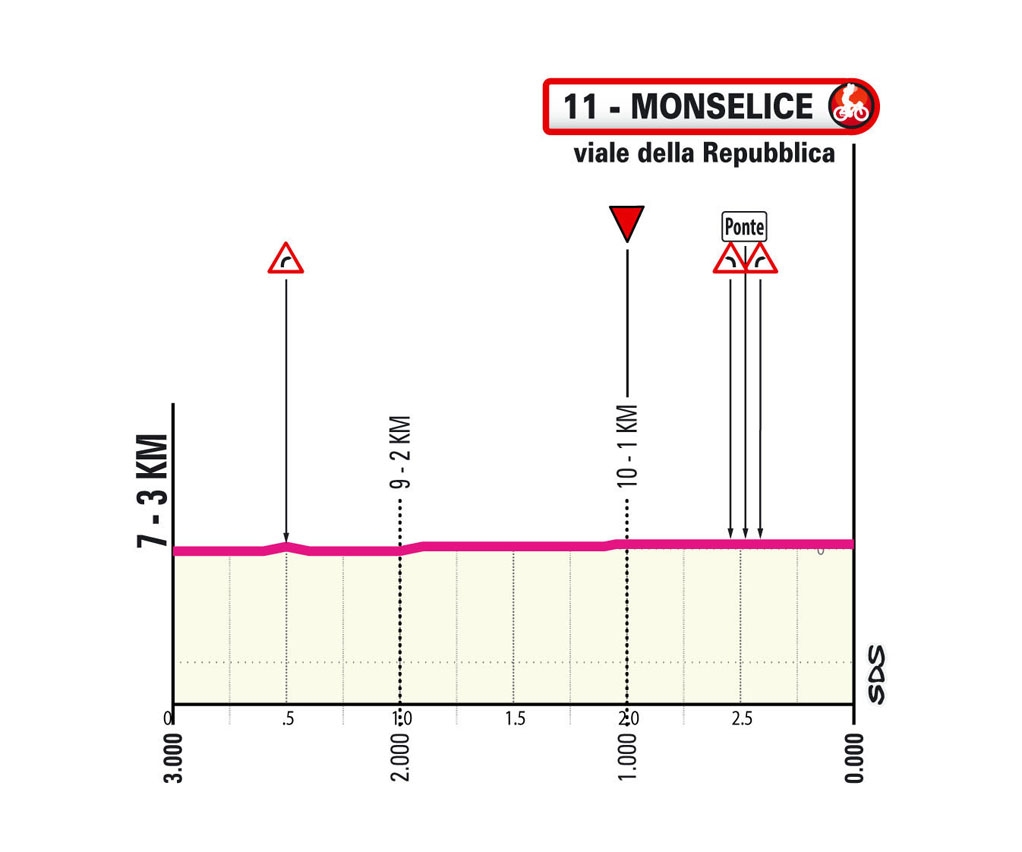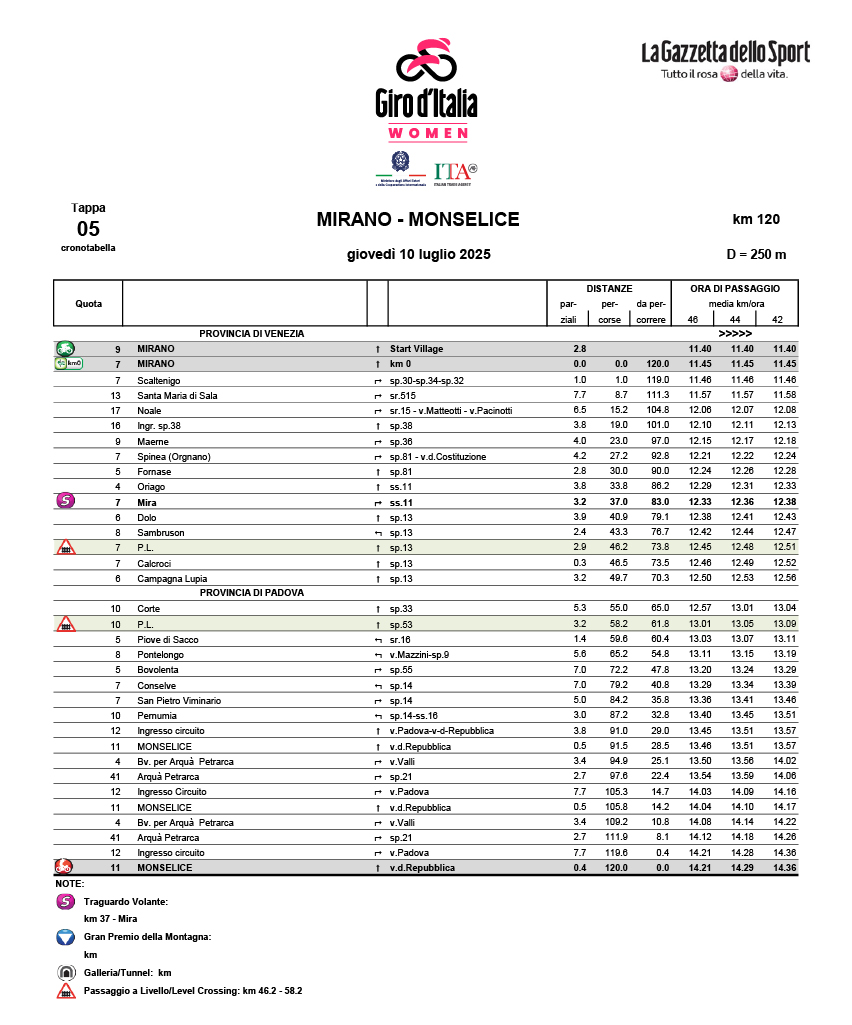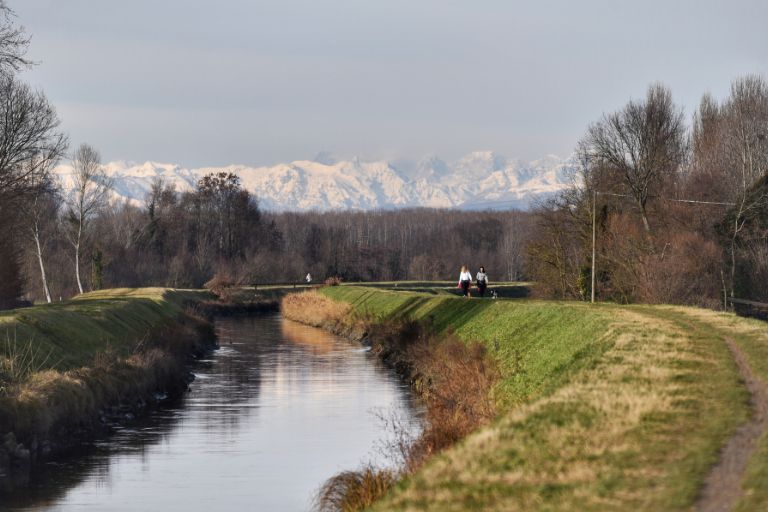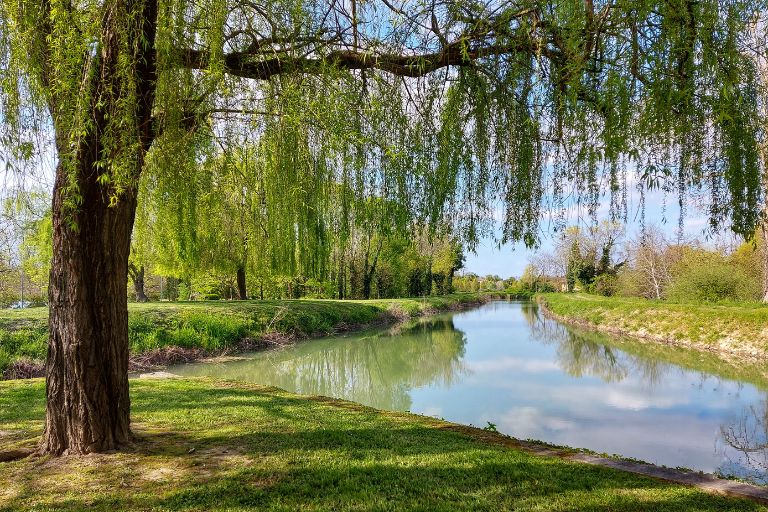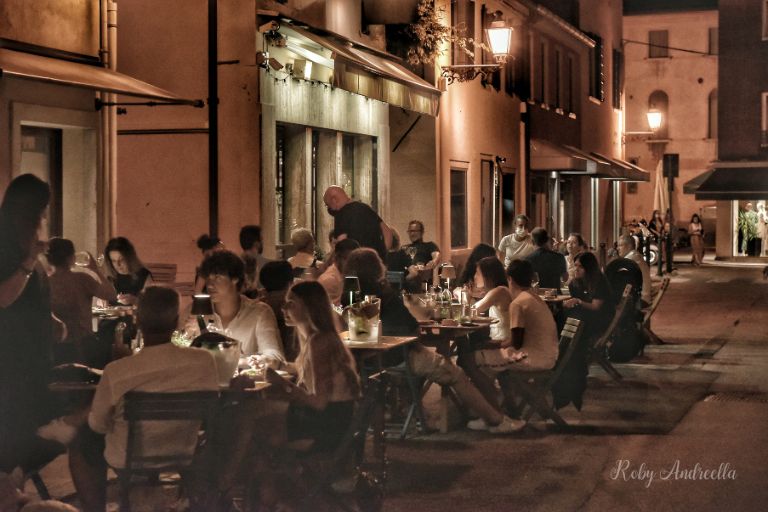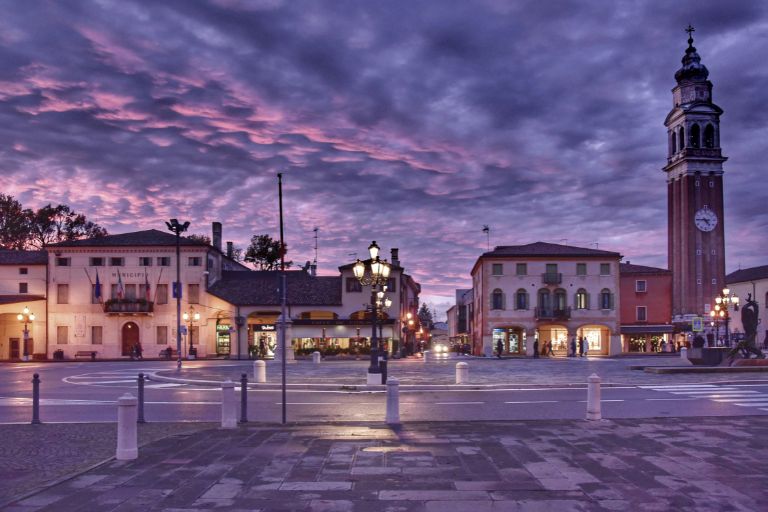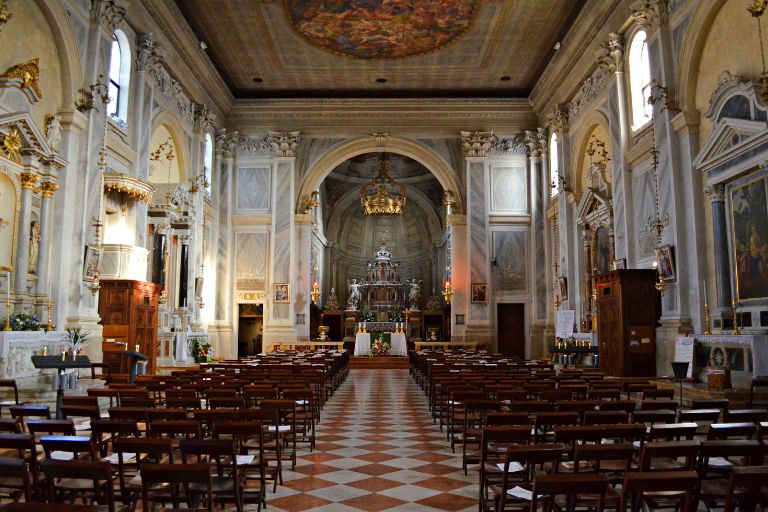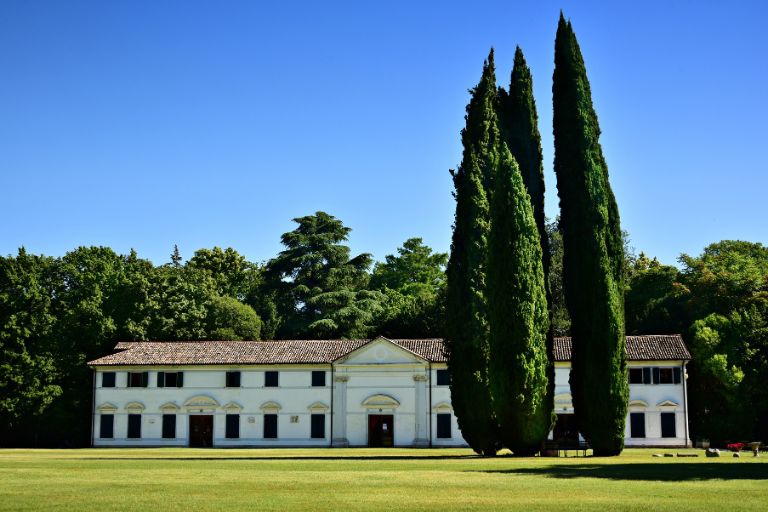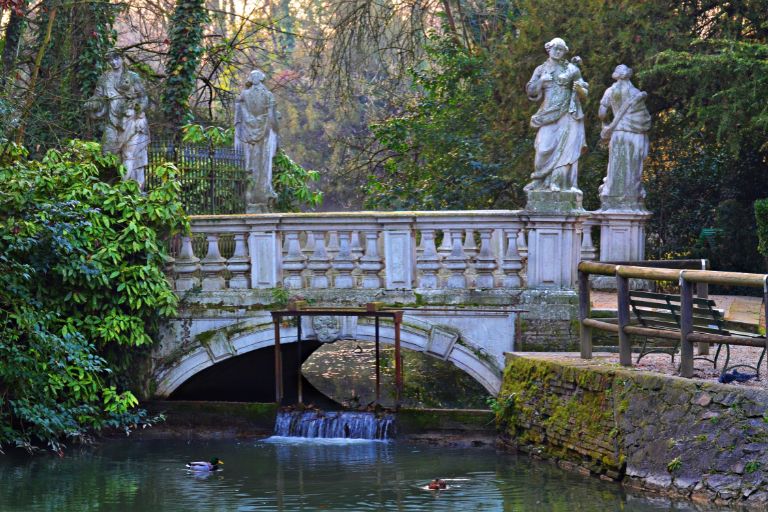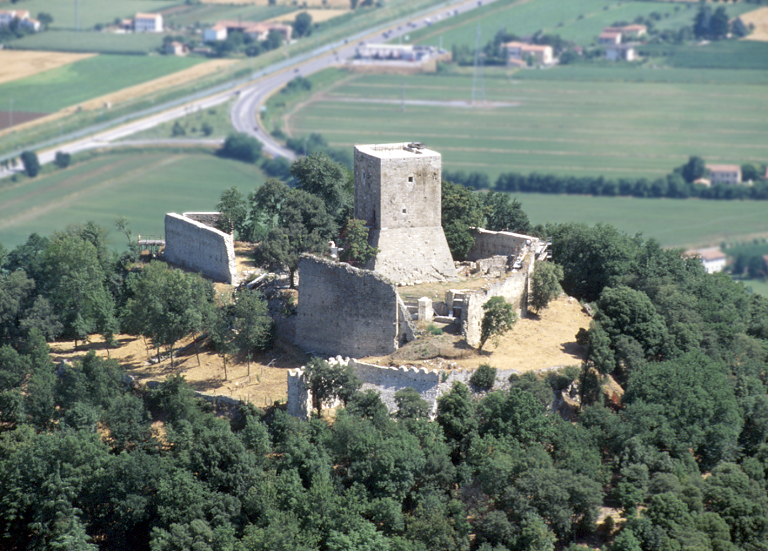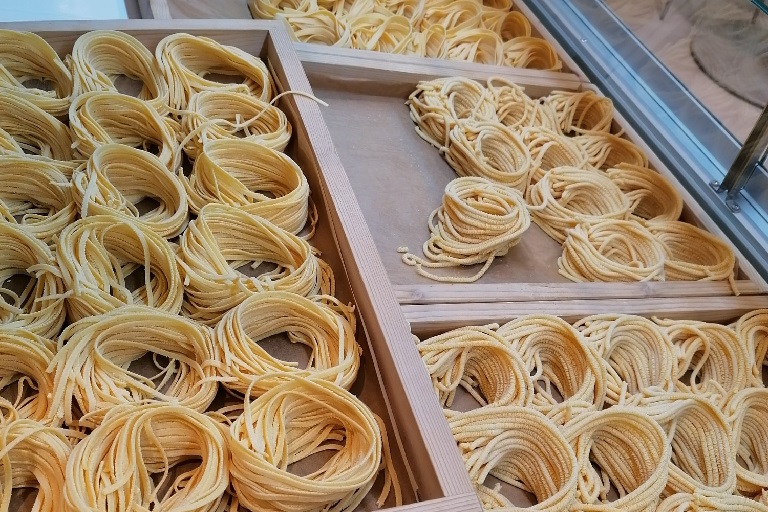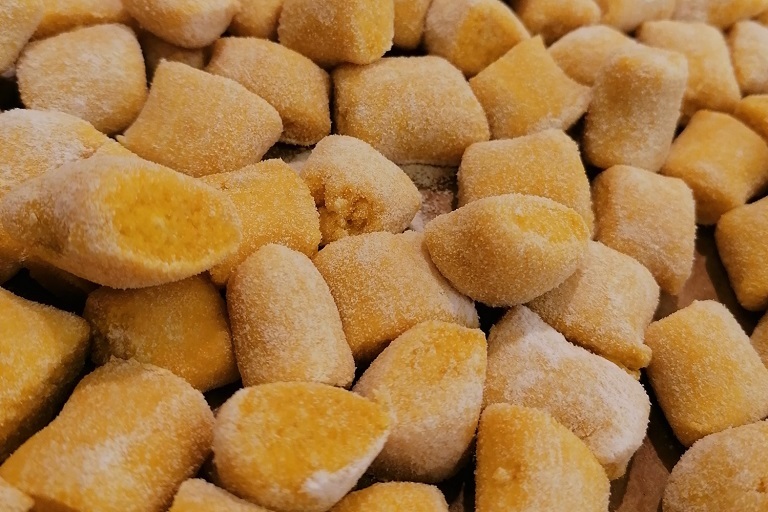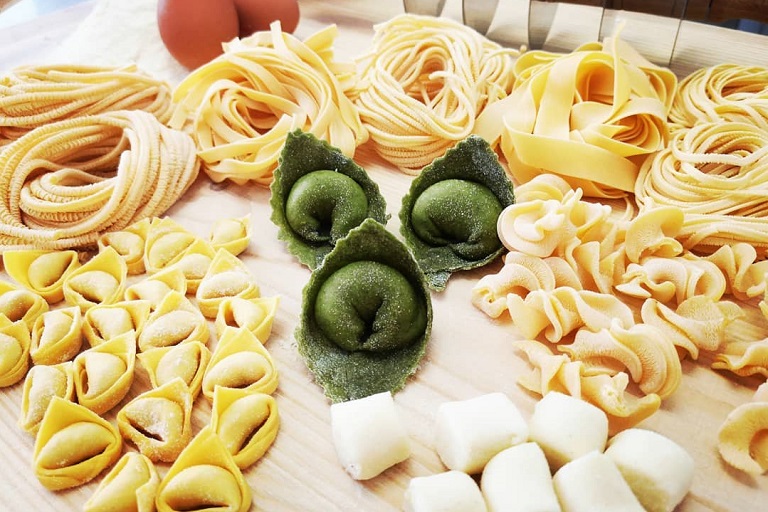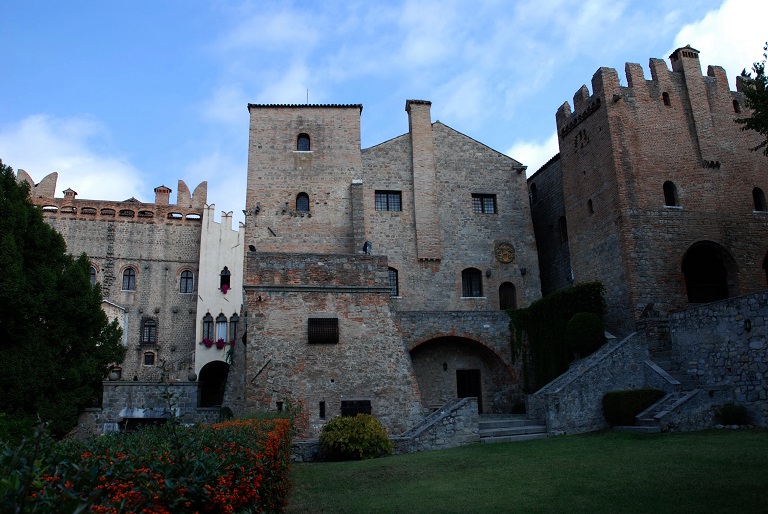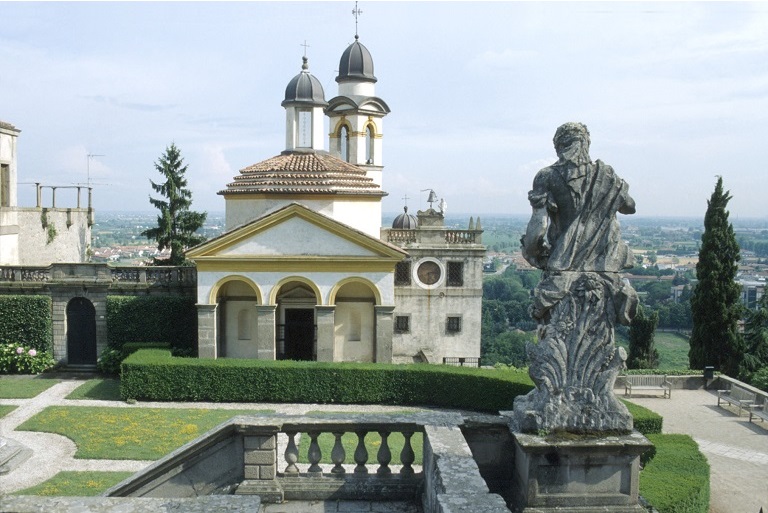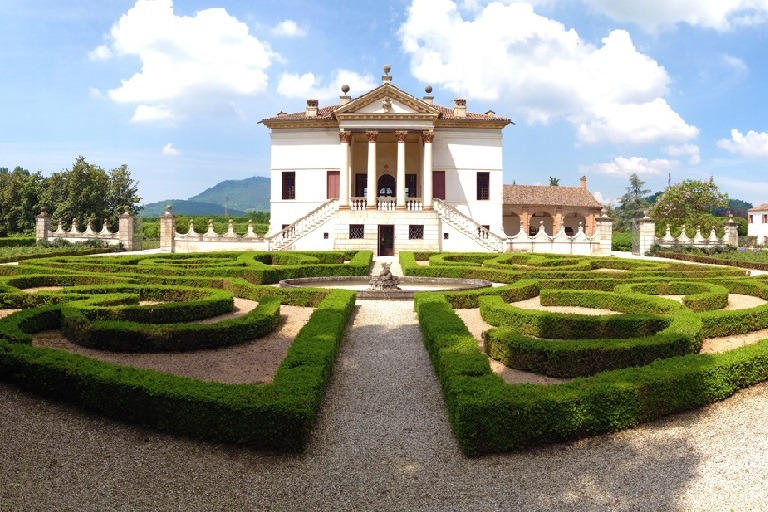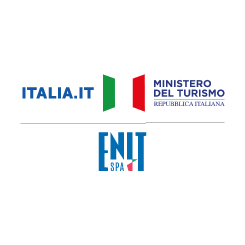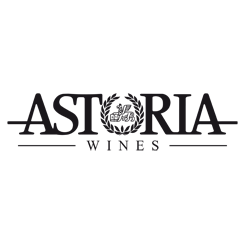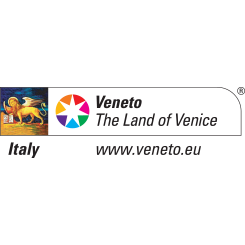Overview
Mirano is located in the Veneto plain, in the province of Venice, at the centre of a triangle formed by three large cities: Venice, Treviso and Padua. The territory is characterised by numerous parks and Venetian villas and interesting itineraries dedicated to the famous artists Giambattista and Giandomenico Tiepolo.
Mirano’s location is particularly favourable as it is only 15 minutes from the Riviera del Brenta and because is well connected to the region’s major cities. Indeed the following cities are easly reachable: Venice, which is only 20 km away; Treviso, ‘the joyful and amorous area’ with the facades of its houses decorated with frescoes (26 km); Padua, a famous university city, linked to the name of Saint Anthony and Giotto, who frescoed the famous Scrovegni Chapel (25 km); Vicenza, a Palladian city (50 km) and Verona, a fascinating fusion of Roman, Medieval, Gothic and Renaissance art, forever linked to the legendary love story of Romeo and Juliet (90 km). In the nearby hills you can also visit charming walled towns and picturesque villages such as Asolo, Bassano del Grappa, Marostica and Cittadella.
Food
Eating in Mirano means savouring the genuine flavours of traditional Venetian and country cooking. Indeed, traditional Venetian cuisine has been modified with a few ingredients, more or less, to adapt to the country environment. Even today, Mirano’s typical taverns offer simple and delicious dishes flavoured with vegetable aromas and accompanied with local wines such as cabernet and merlot.
The local cuisine finds its strength in horticultural products, such as the red radicchio di Treviso, combined with products derived from hunting and the raising of poultry, cattle and pigs. Some well-known dishes are: ‘pennette al radiccho’, ‘anitra col ripieno’, ‘tagliatelle in duck sauce’, ‘spaccatelle in hare sauce’, ‘hare or rabbit alla cacciatora’, ‘creamed pheasant’, ‘fegato alla veneziana’ and every variety of ‘poor’ or ‘refined’ fish.
Every year, on the second weekend of November, food and tradition come together in spectacular fashion. That’s when the Fiera de l’Oca takes over town, culminating at 3 p.m. on Sunday with the famous Zogo de l’Oca in Piazza: a giant, live-action version of the classic board game. Local districts face off under the eyes of thousands, in a triumph of color and celebration, with jugglers, street performers, and laughter filling the air.
During this festive weekend, it’s practically a civic duty for the people of Mirano to eat goose. Local restaurants serve it up in every imaginable way, honoring an old saying from the Veneto region: “Chi no magna l’oca a San Martin, no’l fa el beco de un quatrin!” (“Who doesn’t eat goose on St. Martin’s Day won’t make a penny!”).
Points of Interest
From its Roman origins, Mirano can be considered an open-air museum: most of the streets which connect the town center to the near countryside date back to more than two thousand years ago, and still direct the daily traffic as well as modern cycle paths giving the tourist the opportunity to enjoy the whole area in a slow way, combining sport, culture, leisure and – why not – good food.
The heart of Mirano is Piazza Martiri della Libertà, where the streets open wide and onto which valuable building front, among them principally the severe villa Corner-Renier (now site of the Town Hall), the gracious Caffè Re d’Italia with its canopy in cast iron from the 19th century and the elegant Palazzo Rodella. Standing as a pivot of the whole heart of Mirano, the belltower of the Duomo dedicated to St Michael the Archangel is a typical example of 18th century building with sober baroque modelling: elegant and harmonious, it rises from a base of ashlar work in Istrian stone, revealing a pleasant brick structure, while entering the single wide nave of the church, one is delighted by fine examples of Venetian art, such as the canvas of St Jerome Penitent by Flemish painter Paolo Fiammingo (1540-1596), the cycle of frescoes on Faith that crown the high altar attributed to Costantino Cedini (1741-1811), and the impressive marble high altar with two archangels by Giuseppe Torretti (1661-1743), master of Antonio Canova. But the real masterpiece, however, is the screen of The miracle of St Anthony Putting Back The Foot by the Venetian painter Giambattista Tiepolo (1696-1770), who owned a villa for his family not far from the town (villa Tiepolo, now privately owned). On the ceiling is a fresco of the Last Judgment by Giovanni De Min (1786-1859).
Moving east from the square, however, along the picturesque via Barche, one finds the old com- mercial heart of the town, with Piazza Nella e Paolo Errera, where the old market used to take place, the Customs House (already known from the 16th century) and the long processions of lowered-arch porticoes belonging to the lesser houses that frame other more noble ones. One of these latter is Palazzina Bonvecchiato, now “Hotel 5 Colonne”, which still displays its ancient Gothic origins.
At the end of via Barche is the edifice of the Lower Mill, a nineteenth-century factory reflected in the basin of the Muson river, once a point of trade with Venice.
Going back to the main square, one can turn into via Castellantico, where villa Tessier can be found with its quiet gardens and in the shade of the monumental oaks along Viale delle Rimembranze, or take a stroll along via Belvedere, where an elegant gate with statues attributed to Orazio Marinali (1643-1720) invites the visitor to enjoy the garden of the 17th century villa Belvedere with adjoining granary (now a civic theatre). Opposite the villa rises the atmospheric architectural ensemble of the little Castle and Grotto of villa Belvedere: the Castle, one of the few surviving examples of its kind, is datable to the half of the 19th century and was built by the Venetian noble Vincenzo Paolo Barzizza in accordance with the late romantic taste for artificial ruins that still strikes the glance for its elements of refined eclecticism in the tower and the extraordinary theatricality of the underground edifice in the grotto. The castle itself is reflected in the artificial lake fed by the waters of the Muson river, which in the past led to the Up-per Mill, and now meanders in the gardens of villa Belvedere and villa Morosini, in harmonious and classical Palladian style with its beautiful loggia with Ionic columns, topped by a tympanum and statues. Both parks, connected by a modern wooden bridge, are open to the public. Now, exit the park of villa Morosini on the right, and, after crossing again the Muson river one can see the granaries of villa Errera (which now houses the local library) and the 19th century Old Town Hall.


